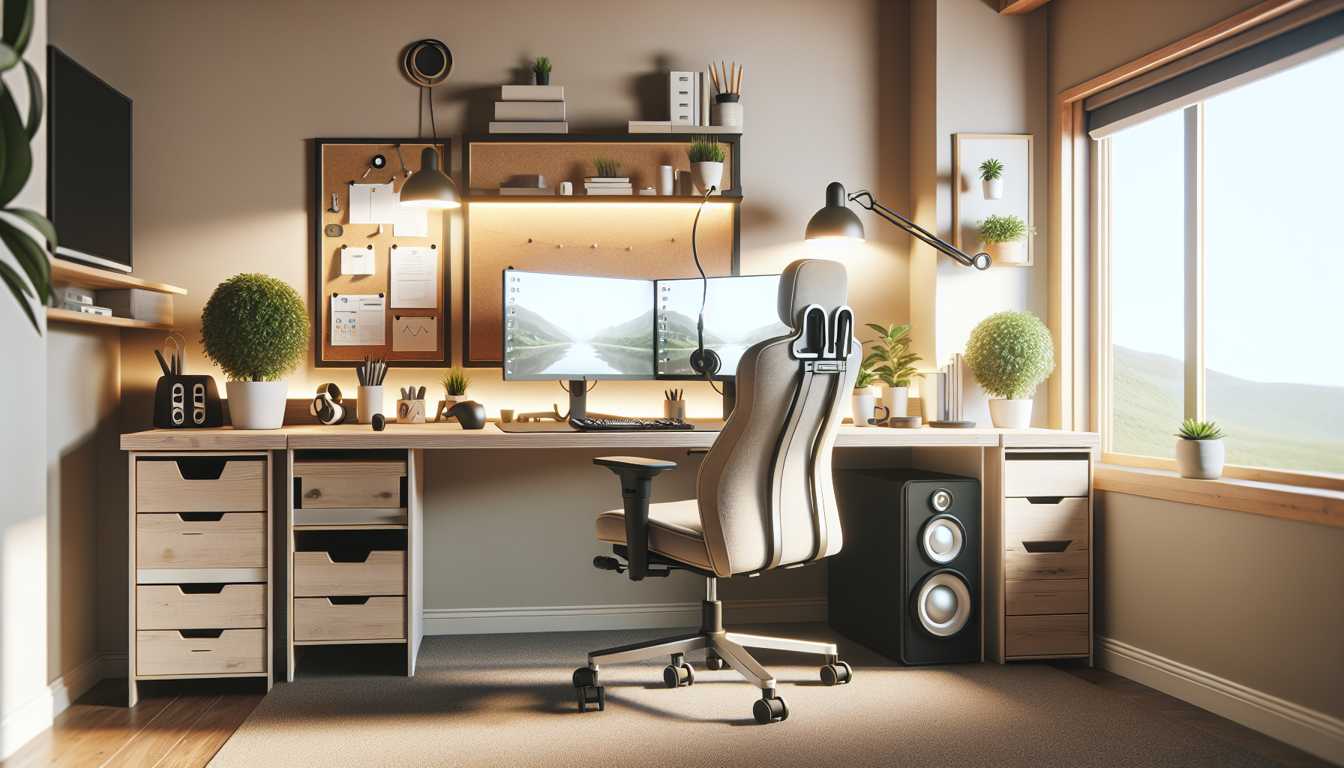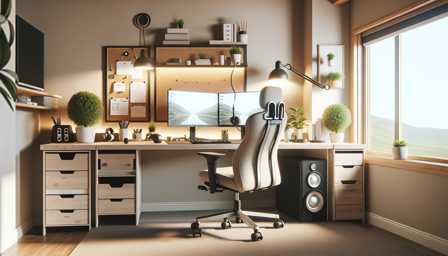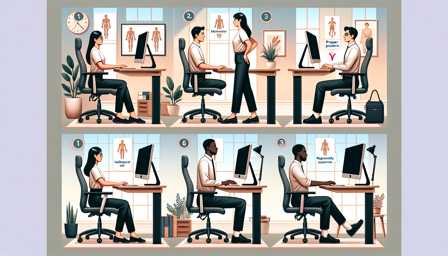
Ergonomics 101: Creating a Comfortable and Productive Home Workspace
The transition to remote work has brought with it the need for well-designed, ergonomic home workspaces. Ergonomics, the science of designing the workspace to fit the user, aims to boost productivity while reducing discomfort and risk of injury. In this article, we'll explore the essentials of setting up an ergonomic home workspace.
The Importance of an Ergonomic Workspace
An ergonomic workspace is crucial for maintaining good posture, reducing the risk of repetitive strain injuries, and enhancing focus and efficiency. Long hours in a poorly designed workspace can lead to back pain, neck strain, and other musculoskeletal issues.
Essential Elements of an Ergonomic Home Workspace
Ergonomic Chair
An ergonomic chair is a cornerstone of a good home office. Chairs like the Herman Miller Aeron or the Steelcase Leap provide adjustable lumbar support, armrests, and seat depth. These features allow you to maintain a comfortable sitting posture with your feet flat on the floor and your knees at a 90-degree angle.
Adjustable Desk
An adjustable standing desk, like the Vari Electric Standing Desk, offers flexibility to alternate between sitting and standing. This helps in reducing the negative health impacts of prolonged sitting.
Monitor Setup
Position your monitor at eye level to prevent neck strain. The top of the screen should be at or slightly below eye level. Consider a monitor arm like the Fully Jarvis Monitor Arm for adjustable positioning.
Keyboard and Mouse
Ergonomic keyboards and mice, such as the Logitech Ergo K860 keyboard and the Logitech MX Vertical mouse, are designed to reduce strain on your hands and wrists. They keep your hands in a more natural position, reducing the risk of carpal tunnel syndrome.
Lighting
Proper lighting is essential to reduce eye strain. Position your workspace to take advantage of natural light and supplement with a desk lamp that provides adequate, non-glare lighting.
Acoustics
Noise can be a significant distraction. Consider soundproofing elements or noise-cancelling headphones like the Bose QuietComfort series to maintain focus.
Additional Considerations
Breaks and Movement
Remember to take regular breaks. Apps like Stretchly can remind you to stand up and stretch, reducing the risk of strain and fatigue.
Personalization
Add personal touches like plants or artwork to create a more enjoyable workspace, which can boost mood and productivity.
Organizational Tools
Keep your workspace organized with desk organizers or cable management tools. A clutter-free environment promotes a clearer mind.
Conclusion
Creating an ergonomic home workspace is an investment in your health and productivity. By choosing the right furniture and equipment and paying attention to your workspace layout, you can create a comfortable and efficient work environment.
Remember, ergonomics is not a one-size-fits-all approach. It's about creating a workspace that suits your individual needs, allowing you to work comfortably and efficiently in your home environment.




